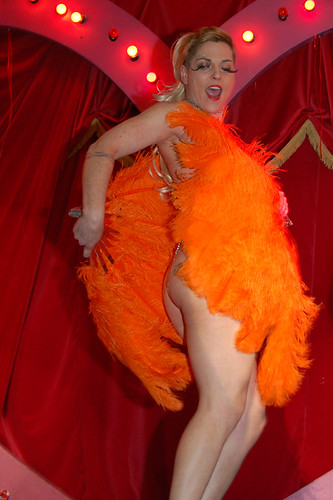Sara Davidman

Sara Davidmann is an internationally exhibited photographer.
She is the author of Crossing the Line (2003),
trans agenda (2004) and Border Trouble (2006). Exhibitions
include Paris Photo; Basel Art Fair; Somatechnics,
Sydney; MOMA Oxford; and Transfabulous, London.
Davidmann has received numerous awards including a
Fulbright Hays, two AHRC awards and an Association
of Commonwealth Universities Fellowship. She recently
completed her PhD and is a Visiting Lecturer on
Foundation at Wimbledon College of Art.
Inspiration
‘My life-long habit of doing impossible work – getting
legal changes which are profound and have made
thousands (if not millions) of people’s lives better, but
also the impossible work of turning the baby labelled
a female into the man known as Stephen.’
– Trans activist Stephen Whittle

Contribution
This configures around working with a social group
currently hidden in society to empower the individual,
facilitate visibility and challenge accepted notions of what
it means to be sexed, gendered and embodied in the
contemporary western world.

Research
Interviewer: William Furlong
William Furlong: How would you define what you do in
terms of an overview?
Sara Davidmann: I work in collaboration with
transgender people and for the past few years with
people who self identify as transsexual. We work using
photography and interviews and the main focus of my
work has been producing images from the person’s
perspective, rather than my own, so from the subject’s
perspective not the photographer’s.
One of the things we’re exploring is how transsexual
people see themselves in relation to the surrounding
visual cultural environment, how their sense of gender
has developed and how they’ve managed to present the
self, and to present their sense of gender. One of the
issues that transsexual people have to deal with later in
life, which is different to the non-transsexual person, is that
they have to self-consciously position themselves within
the gendered, sexed, cultural habitus that the rest of us
ease into much more smoothly and with far less conscious
awareness in our early formative years. As transsexual
people have to self-consciously present them-selves,
they change their gender presentation. It reveals as much
about how non-transsexual people present themselves,
but they do so without a similar awareness.
WF: Is it to do with constructing this identity? If you’re of
one gender, you are in a culture where you know where
you fit in and how you relate to the opposite sex, but with
a transsexual person there are very few models that they’ll
come into contact with. Have they got to construct the
model of their identity within that?
SD: I think what’s really problematic for transsexual people
is that within our culture we have quite strict binaries of
female and male. It’s very hard if you only have that option
in society, to present yourself as either a female or a male.
Quite a few of the people I’ve worked with don’t identify as
strictly or totally male or female, they identify somewhere
in between. In other cultures there are precedents for this
and there are, throughout history, recorded examples of
people who haven’t identified within the male and female
binaries, but within our culture that’s very hard to do.
What it means is that people who don’t identify within a
binary have to present themselves socially, so that they
are accepted by other people, so that they can exist in
society. The people who I’ve been working with recently
are people who don’t identify within the binaries.
WF: What do you perceive to be the research questions
in your practice?
SD: For example, how can photography be used to reveal
issues of gender, particularly through personal experience?
How to demonstrate how gender presentations are
formulated? And does photography have the capacity to
do these things? What can photography reveal about how
all gender presentations are visually manifested in the
social environment?
WF: I’m just thinking abut ethics and the people you’re
working with.
SD: Ethics is really a critical aspect of my research.
Actually, through undertaking the research, a lot of the
ways in which I approach the work have changed because
of the requirements of the people I’ve been working with.
In terms of producing photographs and undertaking
interviews, they maintain control over the work, they
maintain control over whether I can use any of the images,
and if I want to exhibit or publish work I have to get their
permission each time.



/http%3A%2F%2Fwww.decitre.fr%2Fgi%2F98%2F9782849220498FS.gif)
/http%3A%2F%2Fwww.brooklynrail.org%2Farticle_image%2Fimage%2F6030%2Fbenglis3-web.jpg)
/http%3A%2F%2Flucileee.blog.lemonde.fr%2Ffiles%2F2008%2F08%2Fsamuel-fosso.1219130642.jpg)
/https%3A%2F%2Fassets.over-blog.com%2Ft%2Fcedistic%2Fcamera.png)